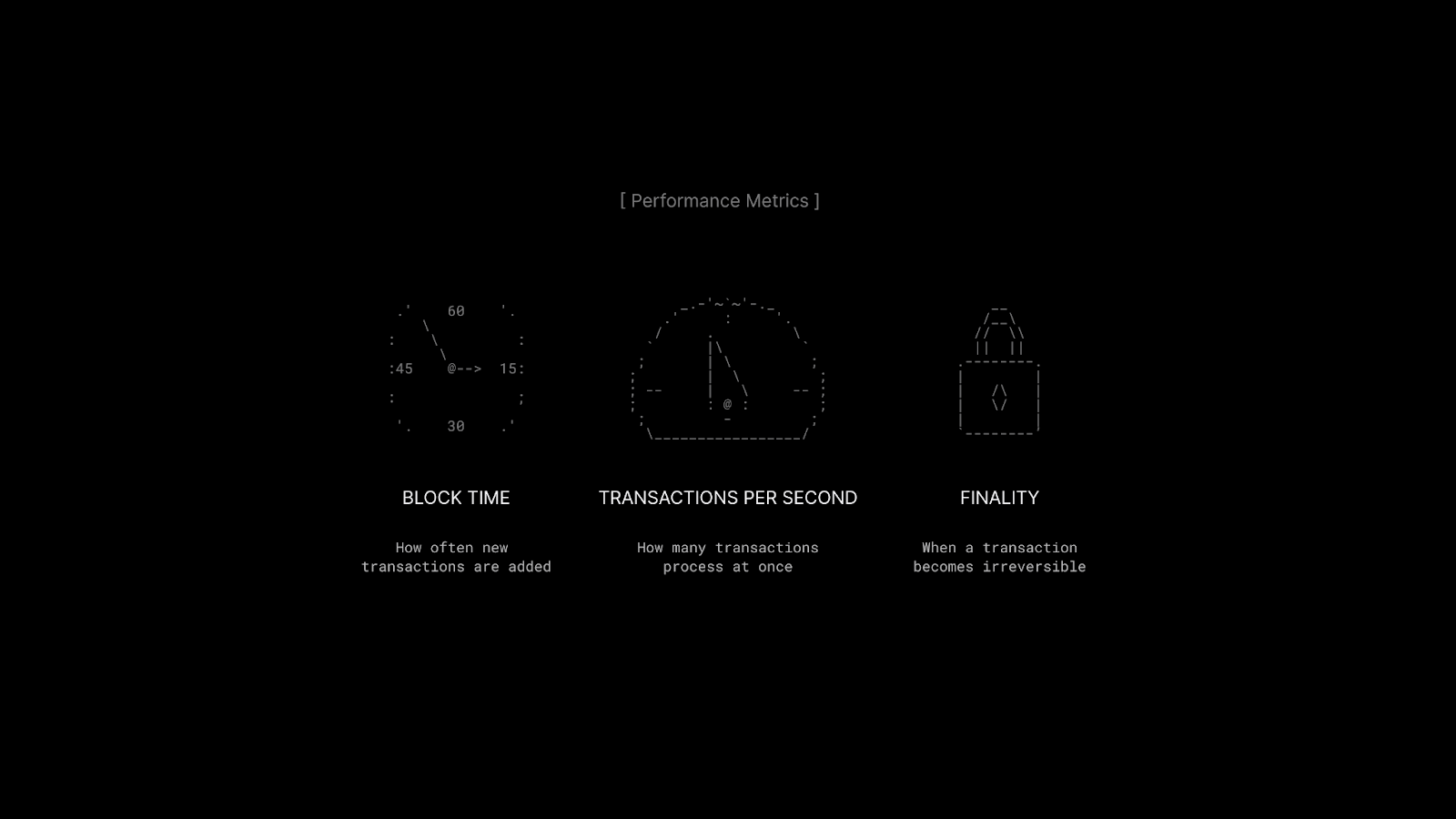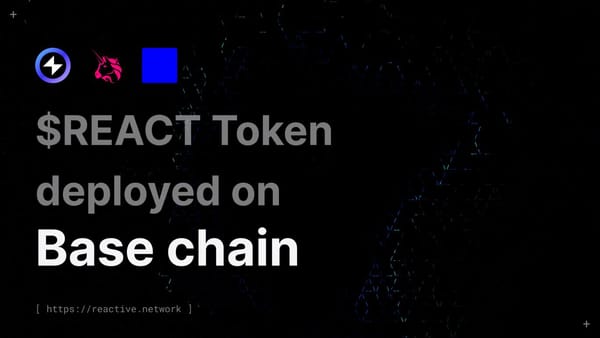Performance Race: The Quest for ‘Fast Enough’

Think about the last time you sent money through your banking app. You typed in an amount, hit transfer, and within seconds, the balance updated - simple and predictable. These experiences have shaped what we expect from financial systems: they should just work, and they should work fast.
Now imagine a system with no single bank or company in charge, where anyone can participate, transactions can't be censored, and trust comes from mathematics rather than institutions. Building such a system where thousands of computers around the world must agree on every transaction is far more complex than letting one bank server confirm a payment.
This is the first article in Performance Race, a five-part series exploring how blockchains pursue speed without losing their principles. First, we will frame the problem itself. The next four parts will focus on the primary metrics of blockchain performance: block time, transactions per second, finality, and what lies beyond.
Speed Problem
Early blockchain users understood this tradeoff. They were willing to wait 10 minutes for a Bitcoin transaction to confirm or pay high fees when networks got busy. The revolutionary properties (true ownership, permissionless access and transparency), made the wait worthwhile.
But as blockchains evolve from experiments into mainstream systems, that patience is wearing thin. Someone trying a blockchain app for the first time doesn't care about the elegant mathematics of distributed consensus, only that waiting five minutes for a button to respond feels broken compared to every other app on their phone.
This gap between user expectations and technical reality has triggered an industry-wide push to make blockchain networks faster. Not just a little faster, dramatically faster. Fast enough that using a blockchain app feels natural rather than frustrating.
Three Numbers
When engineers talk about blockchain performance, they focus on three key measurements:

Block time is like train departures, one every 10 minutes versus every 2 seconds. Your transaction is a passenger at the station, and more frequent departures mean less waiting.
Transactions per second (TPS) works like highway lanes: a single-lane road handles 10 cars per minute, while a six-lane highway moves hundreds. When blockchains get popular, low TPS networks become congested, fees spike and transactions queue for hours.
To understand finality, imagine selling something valuable and shipping it the moment payment appears in your wallet, only to discover hours later that the transaction was reversed. With cash, finality is instant. A modern banking app transfer might show as "pending" immediately but takes much longer to truly settle. Blockchains fall somewhere in between, with finality ranging from a few seconds to over an hour. This uncertainty window creates real risk for anyone accepting payments.
Tough Competition
It's easy to see this as blockchains trying to catch up to Visa or traditional banks. And yes, competitive pressure is real. A payment system that takes five minutes to confirm will struggle when users can get confirmation in five seconds elsewhere.
But the story is more interesting than simple competition. Blockchains offer something genuinely different: systems that no single entity controls, that work the same for everyone everywhere, that can't exclude you based on where you live or who you are. These properties have real value. The question isn't whether blockchains can become exactly as fast as centralized systems, it's whether they can become fast enough that people will accept the tradeoff.
Closing Thoughts
Making blockchains faster isn't just a matter of buying better computers. Every improvement comes with consequences. Process blocks more frequently, and you might increase the chance of the network temporarily disagreeing about the correct order of transactions. Handle more transactions per second, and you might price out regular people who can no longer afford to run the computers that validate the network. Speed up finality, and you might introduce new security vulnerabilities.
Different blockchain projects make different choices about these tradeoffs. Some prioritize raw speed above all else. Others move more cautiously, unwilling to sacrifice decentralization for performance gains. Understanding these choices and the metrics that reveal them helps explain why hundreds of blockchain networks all claim to be "fast" while performing wildly differently in practice.
About Reactive Network
Reactive is an EVM-compatible execution layer for dApps built with Reactive contracts. These contracts differ from traditional smart contracts by using inversion-of-control for the transaction lifecycle, triggered by data flows across blockchains rather than by direct user input.
Reactive contracts listen for event logs from multiple chains and execute Solidity logic in response. They can determine autonomously when to transmit data to destination chains, enabling conditional cross-chain state changes. The network delivers fast and cost-effective computation via a proprietary parallelized EVM implementation.
Website | Blog | Twitter | Telegram | Discord | Reactive Docs





